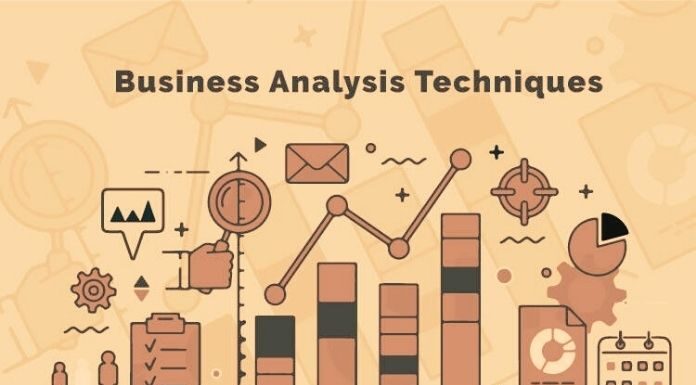Business Analytics: More and more sensors in production, supply chains and end products produce an immense amount of data. This data is now evaluated with modern analysis methods and high-speed appliances, leading to new knowledge and considerable savings.
“Data is available in abundance everywhere – the ability to derive wisdom from it is far less common”. The immense new data sets, called “Big Data” for short, result primarily from customer reviews, entries on Facebook, the short messages on Twitter and the many other social media sites that have developed into a kind of gold mine for marketing and trade.
But there is also another mountain of data that is mostly not entered manually but fed automatically. Thirty billion RFID sensors, millions of machine data and product usage information feed immense databases and allow an unprecedented optimization of processes, procedures and products.
Business Analytics: All Supplier And Buyer Data Available In Real-Time
“Most manufacturing companies today want to integrate more firmly into the customer process via seamless integration into the supply chain – and that requires a transparent production process in which all supplier and customer data are available in real-time”.
The new data and evaluations offer considerable advantages not only in the real-time communication of orders and production stages. The pristine mountains of data can also be processed to improve the direct manufacturing process. Some companies use intensive sample analyzes, for example, to improve the material flow and production processes within a factory hall. Others use commercial business analytics tools to avoid expensive warranty work for repair and maintenance.
IBM’s boss for Business Analytics (BA), Rob Ashe, refers to BMW. Text and data mining tools have been used there for some time. The original aim was to detect the frequency of certain repairs, but the system was also expanded to include extensive pattern analyzes that access all available data. This consists of the technical data from the company’s product and vehicle database, the machine information that a vehicle stores itself, and the feedback from dealers. In this way, expensive repairs or serious vehicle breakdowns can be foreseen and avoided through appropriate preventive activities.
Business Analytics Makes Vehicle Downtime Predictable
“Today, we can predict with a high degree of probability whether and when a certain vehicle will break down. In most cases, the causes can already be avoided by replacing the relevant parts at the next maintenance interval. In extreme cases, we can also call the owner and advise them to visit a workshop”. However, the findings are not only used for maintenance and service; this data is also incorporated into the prioritization of improvements and even when developing new vehicles.
BA in production and maintenance is not a new technology in terms of content but is based on well-known mathematical methods such as cluster, regression, and correlation analyses, which have been used in the BA world for decades. However, these mathematical processes are all very computationally intensive, and the acquisition of qualified output data was very difficult or even impossible in the past. In these two areas, the new appliances in particular, as offered by IBM and Teradata, have achieved astonishing increases in performance. Teradata’s new data warehouse appliance 2690 can be expanded up to a size of 315 TByte and achieves a scan speed of up to 38 GByte / s. This means that the system is twice as fast as its predecessor and allows three times the amount of data.
There Is A Lack Of Data Analysts For Comprehensive Business Analytics
As is often the case with new application hypes, there is not (yet) enough qualified staff for this. According to a joint study by Accenture and SAS Institute, 70% of US companies want to invest in their employees’ analytical skills and knowledge, and 52% plan to hire new data analysts. “Top management has now recognized that modern analytics can significantly improve company performance”.
There is also a technological hurdle: the user-friendly processing and output of the results. With real-time and streaming analytics, there is no longer any time for implementation and interpretation of the results by the relevant specialists. Everything has to be presented immediately so that it can be directly understood.
ALSO READ: Cloud Computing Offers Opportunities For Medium-Sized Companies

